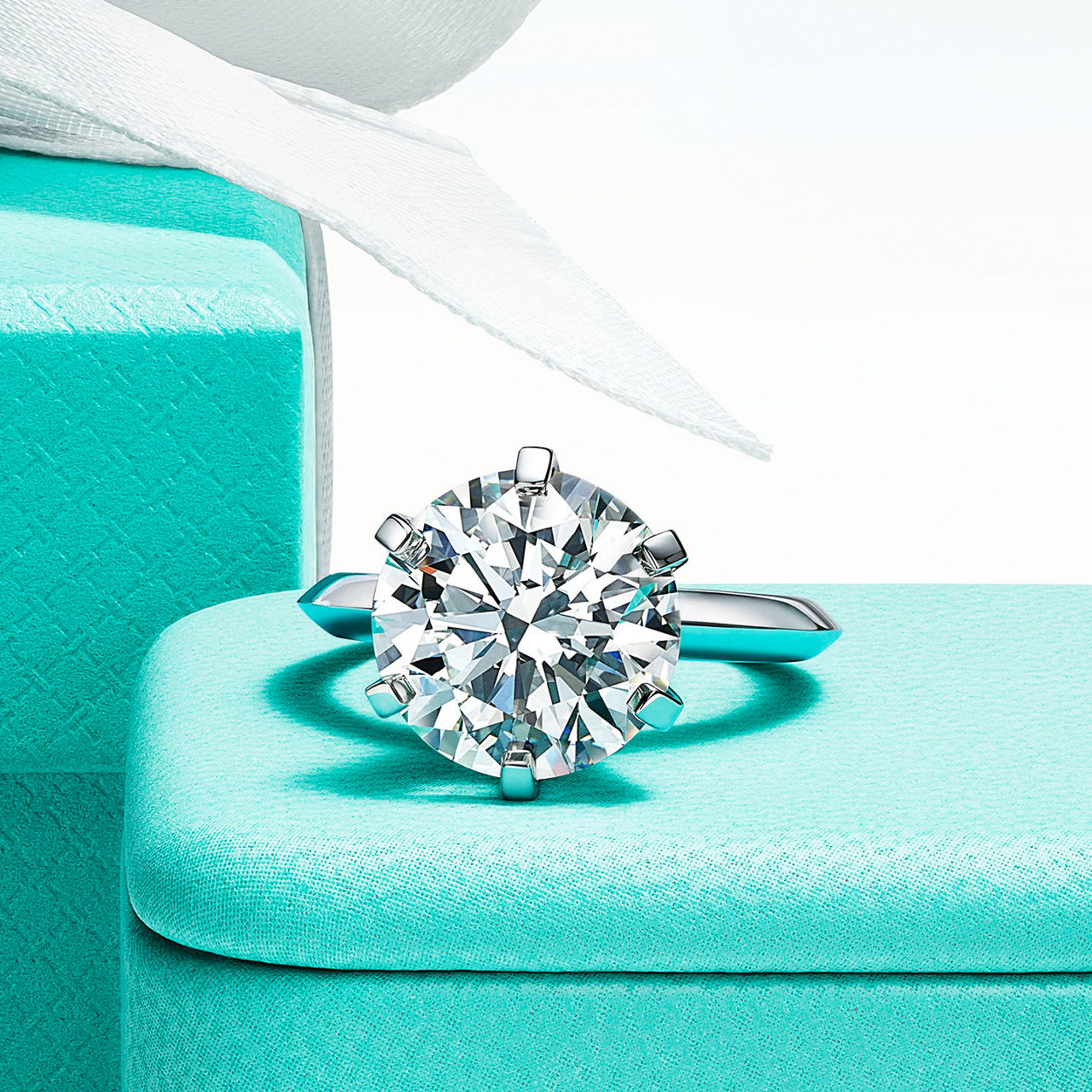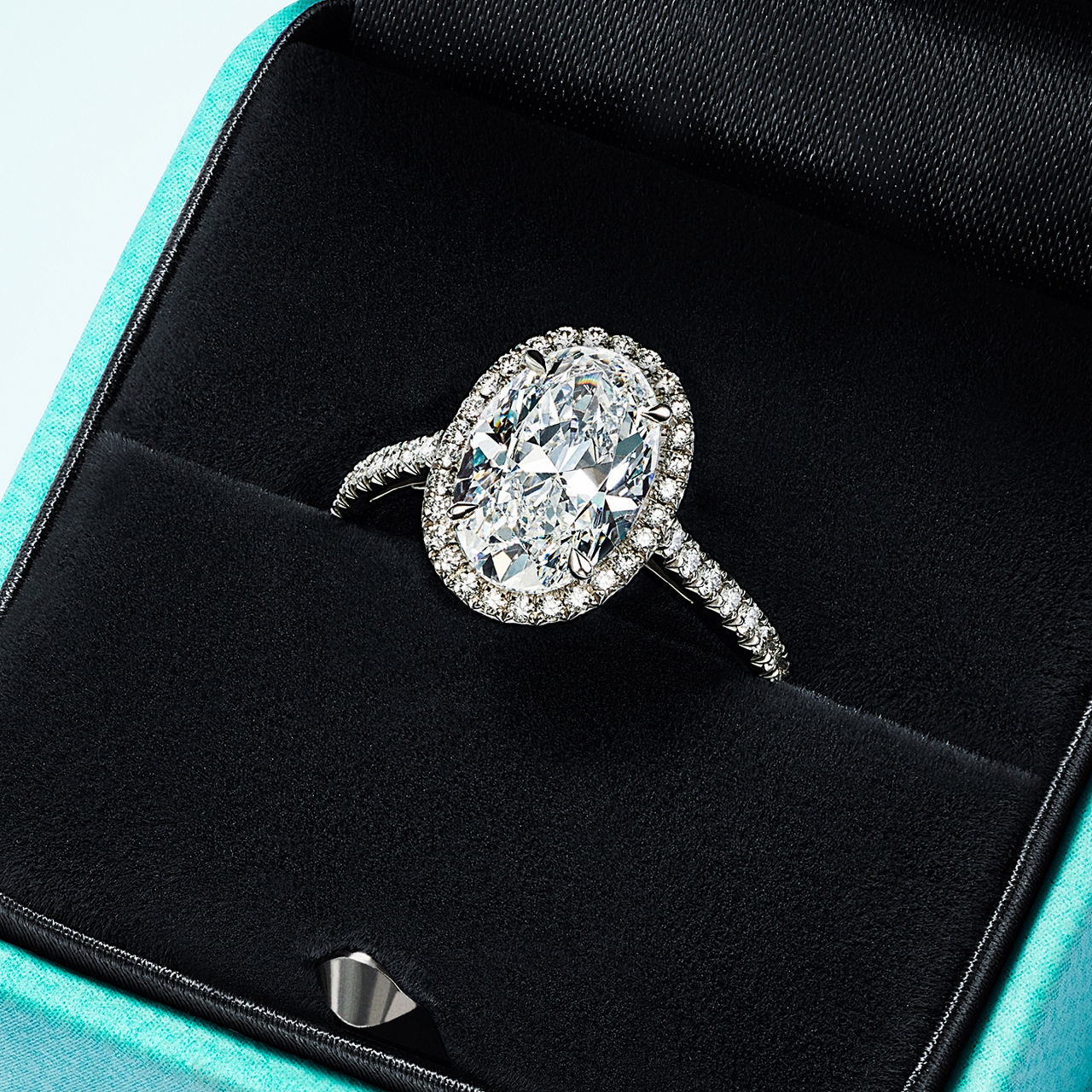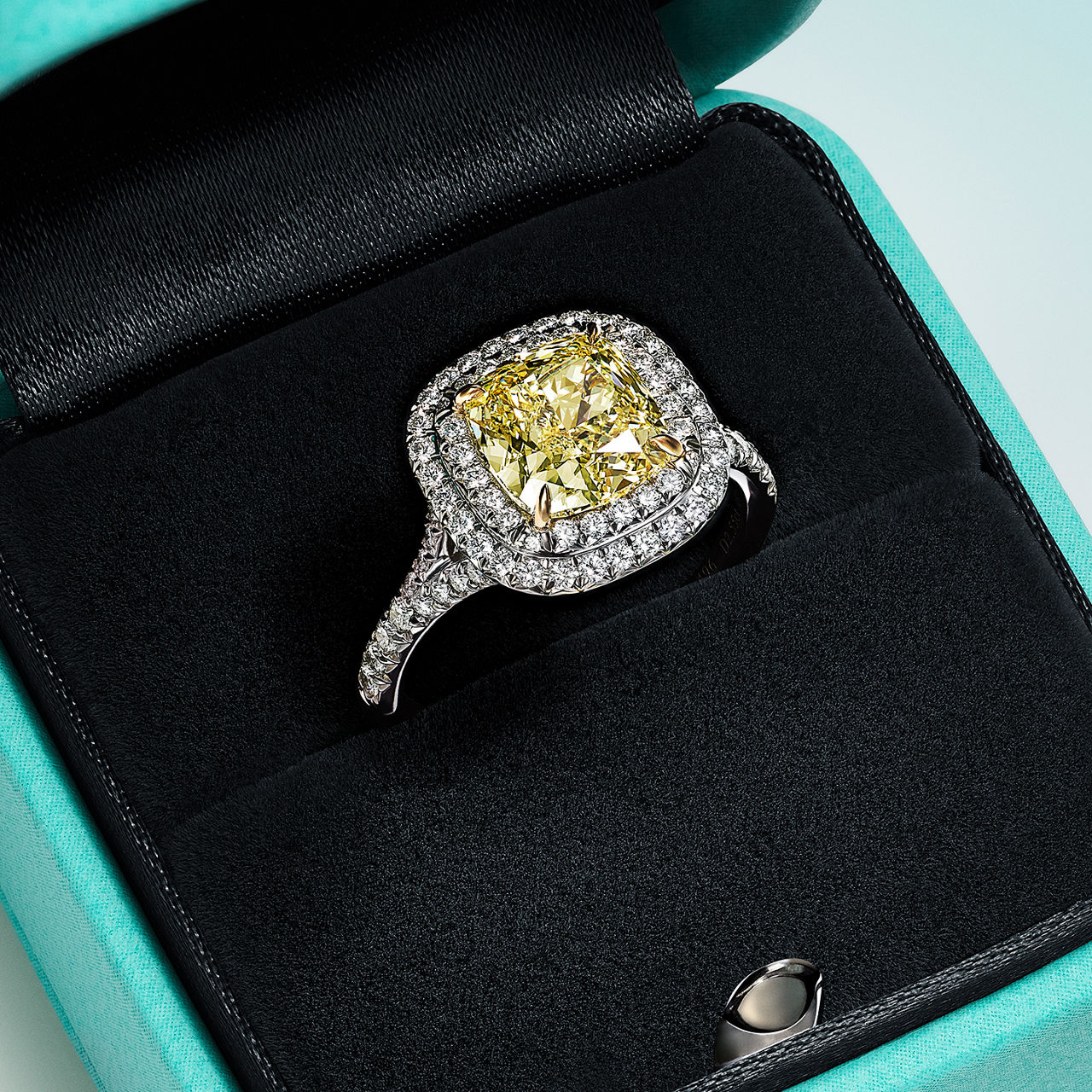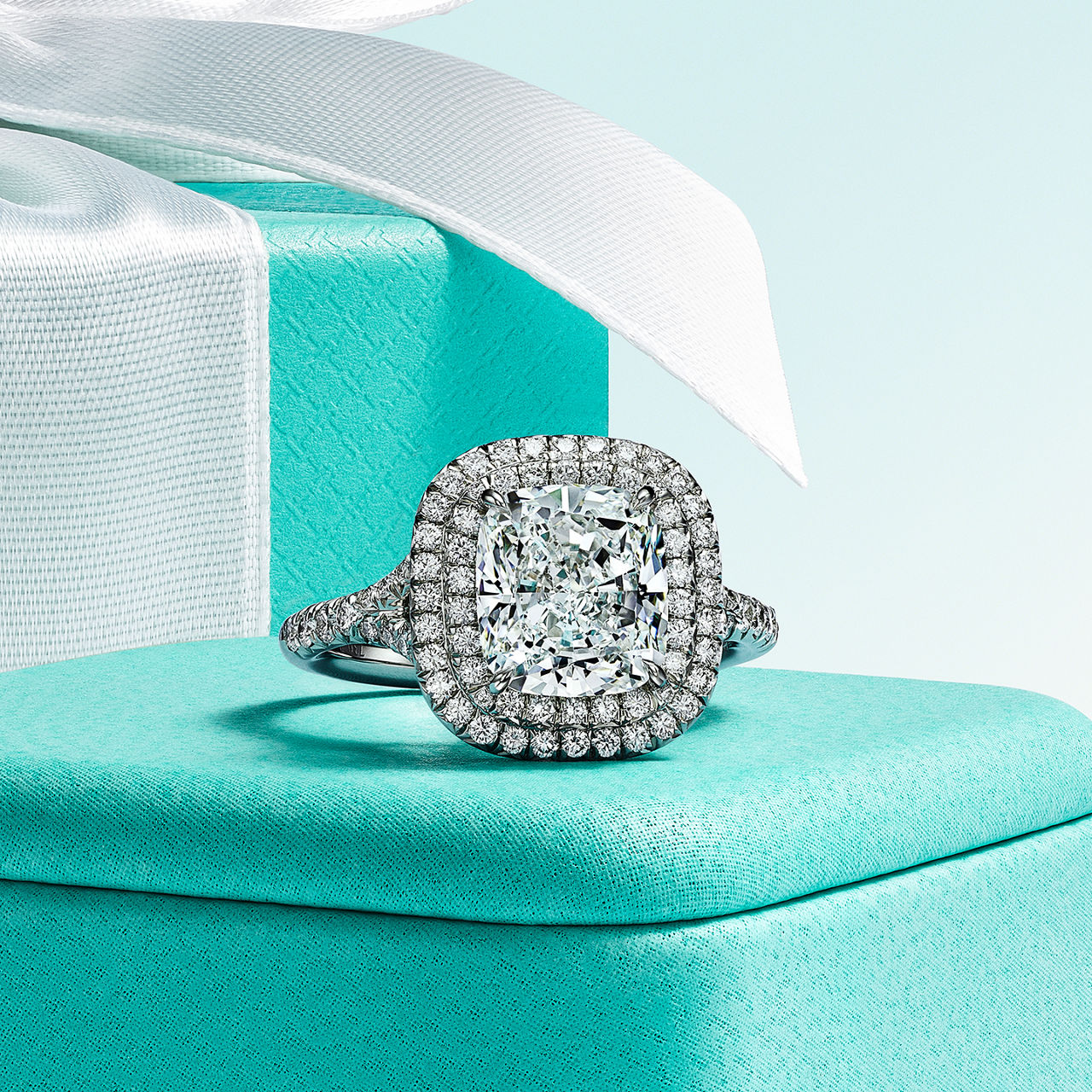Engagement Ring Styles and Settings
There is nothing more iconic than a Tiffany engagement ring (in fact, in 1886, we set the standard for the engagement ring as we know it today). Discover classic and contemporary styles and settings, from traditional solitaire engagement rings to modern pavé and halo designs – all made with unparalleled craftsmanship to our exacting standards.























